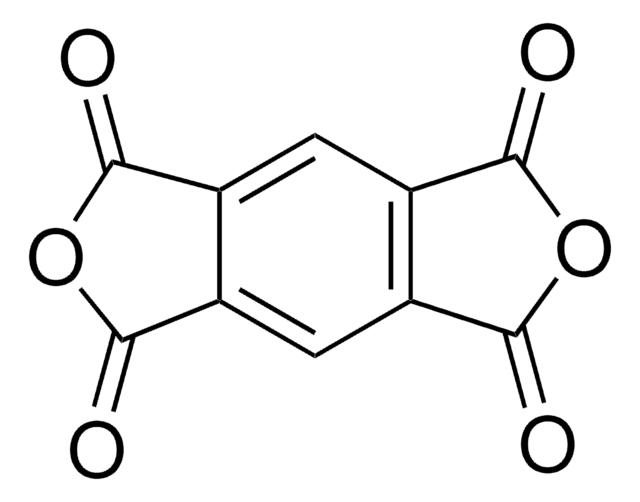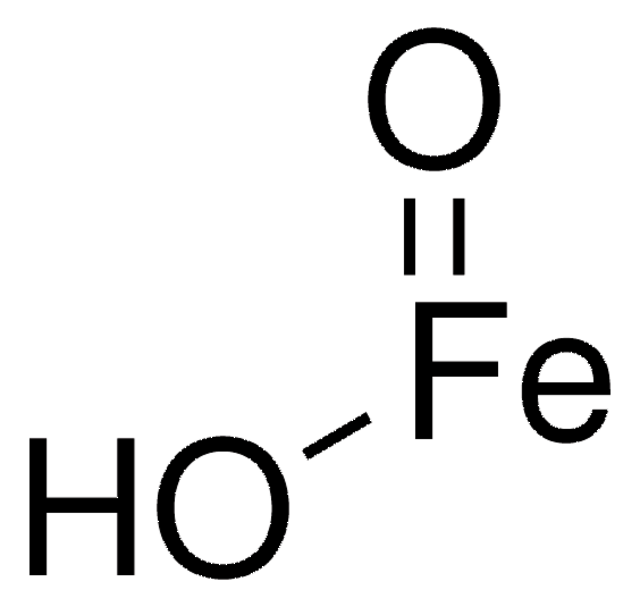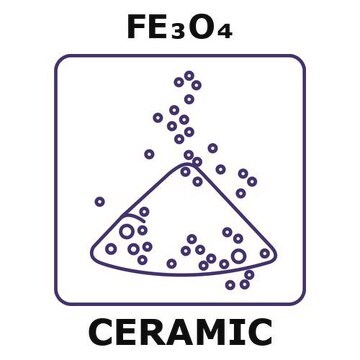おすすめの製品
品質水準
アッセイ
99.99% trace metals basis
フォーム
powder
mp
1538 °C (lit.)
密度
4.8-5.1 g/mL at 25 °C (lit.)
アプリケーション
battery manufacturing
SMILES記法
O=[Fe].O=[Fe]O[Fe]=O
InChI
1S/3Fe.4O
InChI Key
SZVJSHCCFOBDDC-UHFFFAOYSA-N
類似した製品をお探しですか? 訪問 製品比較ガイド
関連するカテゴリー
詳細
アプリケーション
- コアダブルシェル構造のポリエーテルイミドナノコンポジットにおける優れた誘電特性とエネルギー貯蔵性能の達成:この研究では、酸化鉄(II、III)を組み込んだポリエーテルイミドナノコンポジットの開発により、誘電特性とエネルギー貯蔵能力の向上を図り、高度な電気的用途への潜在的可能性を示しています(Yuan et al., 2023)。
保管分類コード
11 - Combustible Solids
WGK
nwg
引火点(°F)
Not applicable
引火点(℃)
Not applicable
個人用保護具 (PPE)
dust mask type N95 (US), Eyeshields, Gloves
適用法令
試験研究用途を考慮した関連法令を主に挙げております。化学物質以外については、一部の情報のみ提供しています。 製品を安全かつ合法的に使用することは、使用者の義務です。最新情報により修正される場合があります。WEBの反映には時間を要することがあるため、適宜SDSをご参照ください。
労働安全衛生法名称等を表示すべき危険物及び有害物
名称等を表示すべき危険物及び有害物
労働安全衛生法名称等を通知すべき危険物及び有害物
名称等を通知すべき危険物及び有害物
Jan Code
518158-BULK:
518158-50G:4548173943176
518158-10G:4548173943169
518158-VAR:
この製品を見ている人はこちらもチェック
資料
An article concerning self-propagating reactions induced by mechanical alloying, presented by Sigma-Aldrich.com.
Magnetism and magnetic materials have been of scientific interest for over 1,000 years. More recently, fundamental investigations have focused on exploring the various types of magnetic materials and understanding the magnetic effects created by electric currents.
Magnetic materials permeate numerous daily activities in our lives. They are essential components of a diversity of products including hard drives that reliably store information on our computers, decorative magnets that keep the shopping list attached to the refrigerator door, electric bicycles that speed our commute to work, as well as wind turbines for conversion of wind energy to electrical power.
Magnetic materials permeate numerous daily activities in our lives. They are essential components of a diversity of products including hard drives that reliably store information on our computers, decorative magnets that keep the shopping list attached to the refrigerator door, electric bicycles that speed our commute to work, as well as wind turbines for conversion of wind energy to electrical power.
Global Trade Item Number
| カタログ番号 | GTIN |
|---|---|
| 518158-50G | 4061832542072 |
| 518158-10G | 4061832542065 |
ライフサイエンス、有機合成、材料科学、クロマトグラフィー、分析など、あらゆる分野の研究に経験のあるメンバーがおります。.
製品に関するお問い合わせはこちら(テクニカルサービス)






